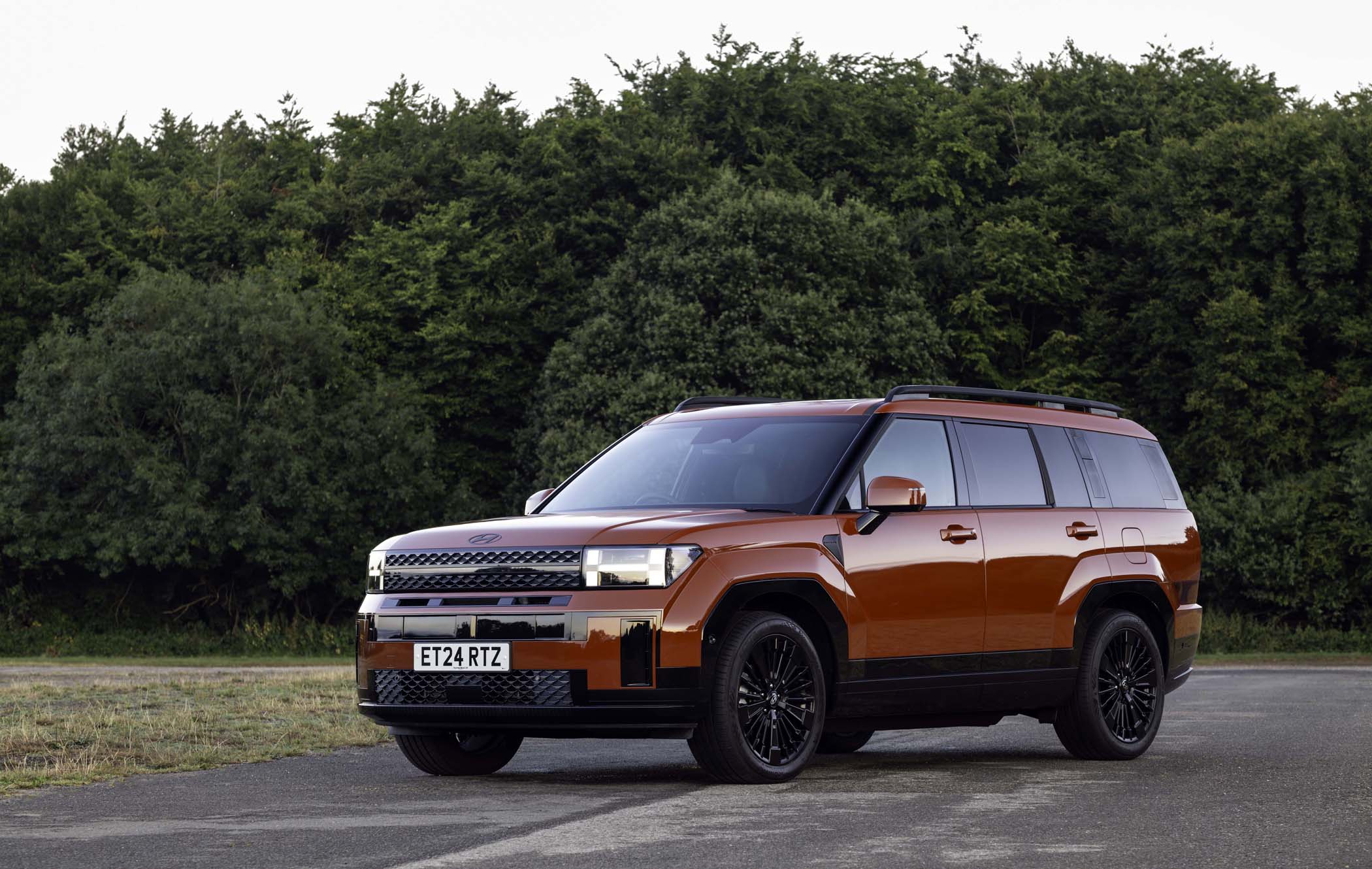Mitsubishi Outlander review (2012-2021)
Timing is everything. Mitsubishi will certainly tell you that because its Outlander PHEV was the world’s first mass-market plug-in hybrid. It arrived at the perfect moment and mopped up sales for years due to its low emissions and low company car tax bills, though there are other power options too. All this and more in our Mitsubishi Outlander PHEV review below.
Pros
- PHEV options available
- Up to seven seats
- Big boot
Cons
- Feels a bit unrefined
- Not particularly fun to drive
Interior
Our rating: 6/10
Driving position
Where some SUVs promise a great view out and don’t actually deliver, the Outlander is absolutely on point with its raised cabin and huge glass area.
The view ahead and to the sides is helped by the relatively skinny pillars. Over your shoulder and out of the rear the view is clear and unencumbered, too.
Some have cameras that give a surround view of the car, which helps hugely when parking.
Tech and features
The dashboard is a simple and upright affair, with a central touchscreen alongside the conventional instruments.
It’s fair to say it’s a more traditional design than you’ll find in some of the Mitsubishi Outlander’s rivals.
It works well and has none of the distractions that some inflict.
The feeling of quality is good.
The plastics on top of the dashboard squidge nicely when pressed, and the buttons and levers have a consistently well-damped action.
There's still plenty of hard plastic, and the cabin doesn't particularly scream luxury as it would with other, more expensive family SUVs.
The seats are comfortable, and every Outlander comes with adjustable lumbar support that helps with long-distance comfort.
Higher-spec models come with eight-way electrically adjustable seats.
Automatic lights and wipers, keyless entry, privacy glass and heated front seats are standard on all, while top-spec cars add leather trim and a powered tailgate.
Performance
Our rating: 7/10
Engines, motors and power
The plug-in hybrid powertrain is mated to either an older 2.0-litre or a newer 2.4-litre petrol engine with a couple of electric motors – one of which drives the front axle, the other the rear.
When you’re using the electric-only range of around 30 miles, progress is serene. It’s probably this quietness that can make the petrol engine sound a bit noisy when it’s called into action.
The non-turbocharged 2.0-litre petrol-only model is certainly a cheaper option. Performance is undeniably of the ‘yes, yes, we’ll get there eventually’ variety.
Handling and ride comfort
The ride is comparatively soft and the steering is very light indeed, which is brilliant in town and when parking. The Outlander’s urban case is helped by the fact it has a tremendously tight turning circle.
Practicality
Our rating: 9/10
There’s good space up front for two adults, as you’d expect from such a large car. The optional panoramic sunroof can impinge on headroom a tad if you’re really tall.
Rear seats
The same applies in the back seats, where there’s good legroom for tall people and decent head space for the two outside passengers. Piggy in the middle might find their head brushing the roof lining (or the glass roof).
This second row of seats can also be slid back and forth to vary legroom or boot space as needed.
Where the non-PHEV model has an advantage in that it has a third row of seats, which are big enough to cater for children or smaller adults.
Boot space
Boot space is, frankly, huge, and the seats fold down to leave a completely flat area.
Running costs
Our rating: 8/10
Fuel economy
The Mitsubishi Outlander PHEV will do an average economy figure of 139.7mpg. Scarcely believable, isn’t it?
Yes, you’ll have to make sure you plug it in almost every time you stop it if you’re to get close to that. Nevertheless, it’s a deeply impressive number.
By comparison, the 32.5mpg of the conventional petrol engine doesn’t seem so good. When viewed in context with other non-PHEV rivals, it’s fair.
Insurance groups
Insurance costs are middling, ranging from group 22 to 32, which reflects the tech used in the PHEV model.
The verdict
Interior
6/10
Performance
7/10
Practicality
9/10
Running costs
8/10
The Mitsubishi Outlander is an unassuming car that gets on with taking you, your family and a whole lot of stuff from here to a long way over there with the minimum of fuss, but equally minimum luxury, not that it's a bad place to be.
On the way, you’ll be able to enjoy the 30 miles of electric range, and the fact that the Outlander is well-kitted out and comfortable.
And it’ll be light and easy to park when you arrive.


